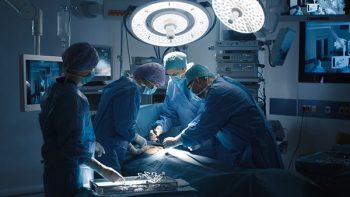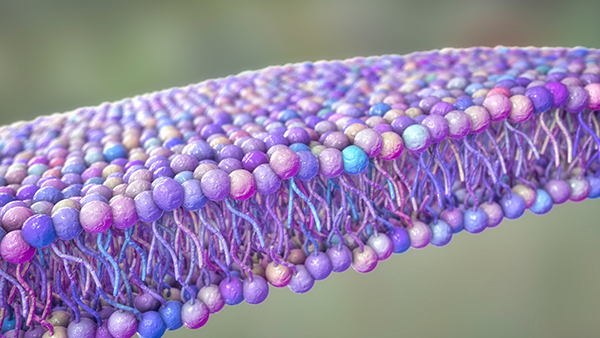FOR IMMEDIATE RELEASE
“Detection of Various Microplastics in Patients Undergoing Cardiac Surgery”
Environmental Science & Technology

Everywhere scientists look for microplastics, they’ve found them — food, water, air and some parts of the human body. But examinations of our innermost organs that aren’t directly exposed to the environment are still limited. Now, in a pilot study of people who underwent heart surgery, researchers in ACS’ Environmental Science & Technology report that they have found microplastics in many heart tissues. They also report evidence suggesting that microplastics were unexpectedly introduced during the procedures.
Microplastics are plastic fragments less than 5 millimeters wide, or about the size of a pencil eraser. Research has shown that they can enter the human body through mouths, noses and other body cavities with connections to the outside world. Yet many organs and tissues are fully enclosed inside a person’s body, and scientists lack information on their potential exposure to, and effects from, microplastics. So, Kun Hua, Xiubin Yang and colleagues wanted to investigate whether these particles have entered people’s cardiovascular systems through indirect and direct exposures.
In a pilot experiment, the researchers collected heart tissue samples from 15 people during cardiac surgeries, as well as pre- and post-operation blood specimens from half of the participants. Then the team analyzed the samples with laser direct infrared imaging and identified 20 to 500 micrometer-wide particles made from eight types of plastic, including polyethylene terephthalate, polyvinyl chloride and poly(methyl methacrylate). This technique detected tens to thousands of individual microplastic pieces in most tissue samples, though the amounts and materials varied between participants. All of the blood samples also contained plastic particles, but after surgery their average size decreased, and the particles came from more diverse types of plastics.
Although the study had a small number of participants, the researchers say they have provided preliminary evidence that various microplastics can accumulate and persist in the heart and its innermost tissues. They add that the findings show how invasive medical procedures are an overlooked route of microplastics exposure, providing direct access to the bloodstream and internal tissues. More studies are needed to fully understand the effects of microplastics on a person’s cardiovascular system and their prognosis after heart surgery, the researchers conclude.
The authors acknowledge funding from the National Natural Science Foundation of China and the Beijing Natural Science Foundation.
###
The American Chemical Society (ACS) is a nonprofit organization chartered by the U.S. Congress. ACS’ mission is to advance the broader chemistry enterprise and its practitioners for the benefit of Earth and all its people. The Society is a global leader in promoting excellence in science education and providing access to chemistry-related information and research through its multiple research solutions, peer-reviewed journals, scientific conferences, eBooks and weekly news periodical Chemical & Engineering News. ACS journals are among the most cited, most trusted and most read within the scientific literature; however, ACS itself does not conduct chemical research. As a leader in scientific information solutions, its CAS division partners with global innovators to accelerate breakthroughs by curating, connecting and analyzing the world’s scientific knowledge. ACS’ main offices are in Washington, D.C., and Columbus, Ohio.
To automatically receive press releases from the American Chemical Society, contact newsroom@acs.org.
Note: ACS does not conduct research, but publishes and publicizes peer-reviewed scientific studies.







